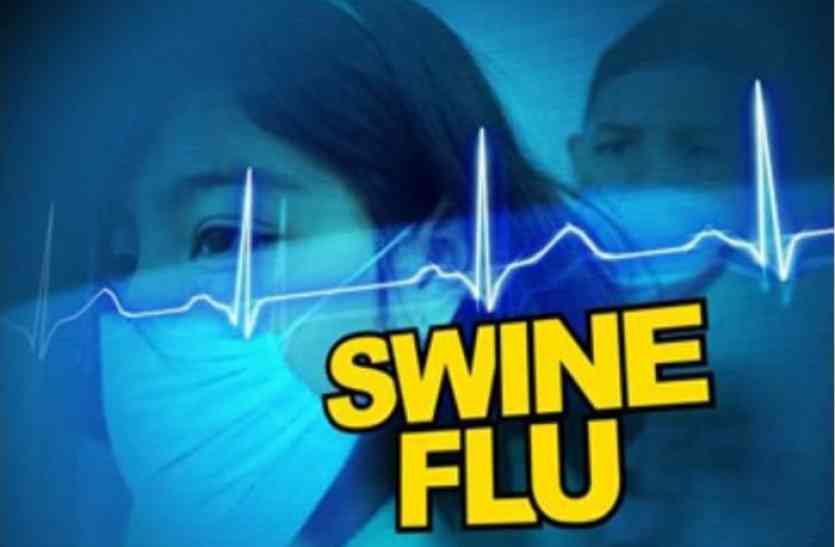Symptoms of swine flu are similar to most influenza infections: fever (100 F or greater), cough (usually dry), nasal secretions, fatigue, and headache, with fatigue being reported in most infected individuals. Some patients may also get a sore throat, rash, body (muscle) aches or pains, headaches, chills, nausea, vomiting, and diarrhea. In Mexico, many of the initial patients infected with H1N1 influenza were young adults, which made some investigators speculate that a strong immune response, as seen in young people, may cause some collateral tissue damage. The incubation period from exposure to first symptoms is about one to four days, with an average of two days. The symptoms last about one to two weeks and can last longer if the person has a severe infection.
Some patients develop severe respiratory symptoms, such as shortness of breath, and need respiratory support (such as a ventilator to breathe for the patient). Patients can get pneumonia (bacterial secondary infection) if the viral infection persists, and some can develop seizures. Death often occurs from secondary bacterial infection of the lungs; appropriate antibiotics need to be used in these patients. The usual mortality (death) rate for typical influenza A is about 0.1%, while the 1918 "Spanish flu" epidemic had an estimated mortality rate ranging from 2%-20%. Swine (H1N1) flu in Mexico had about 160 deaths and about 2,500 confirmed cases, which would correspond to a mortality rate of about 6%, but these initial data were revised and the mortality rate worldwide was estimated to be much lower. Fortunately, the mortality rate of H1N1 remained low and similar to that of the conventional flu (average conventional flu mortality rate is about 36,000 per year; projected H1N1 flu mortality rate was 90,000 per year in the U.S. as determined by the president's advisory committee, but it never approached that high number).
Fortunately, although H1N1 developed into a pandemic (worldwide) flu strain, the mortality rate in the U.S. and many other countries only approximated the usual numbers of flu deaths worldwide. Speculation about why the mortality rate remained much lower than predicted includes increased public awareness and action that produced an increase in hygiene (especially hand washing), a fairly rapid development of a new vaccine, and patient self-isolation if symptoms developed.



 Contact Us
Contact Us







 Hospitals
Hospitals
 Doctors
Doctors
 Diagnostic
Diagnostic
 Pharmacy
Pharmacy
 Health Tips
Health Tips
 Blog
Blog

























Comments